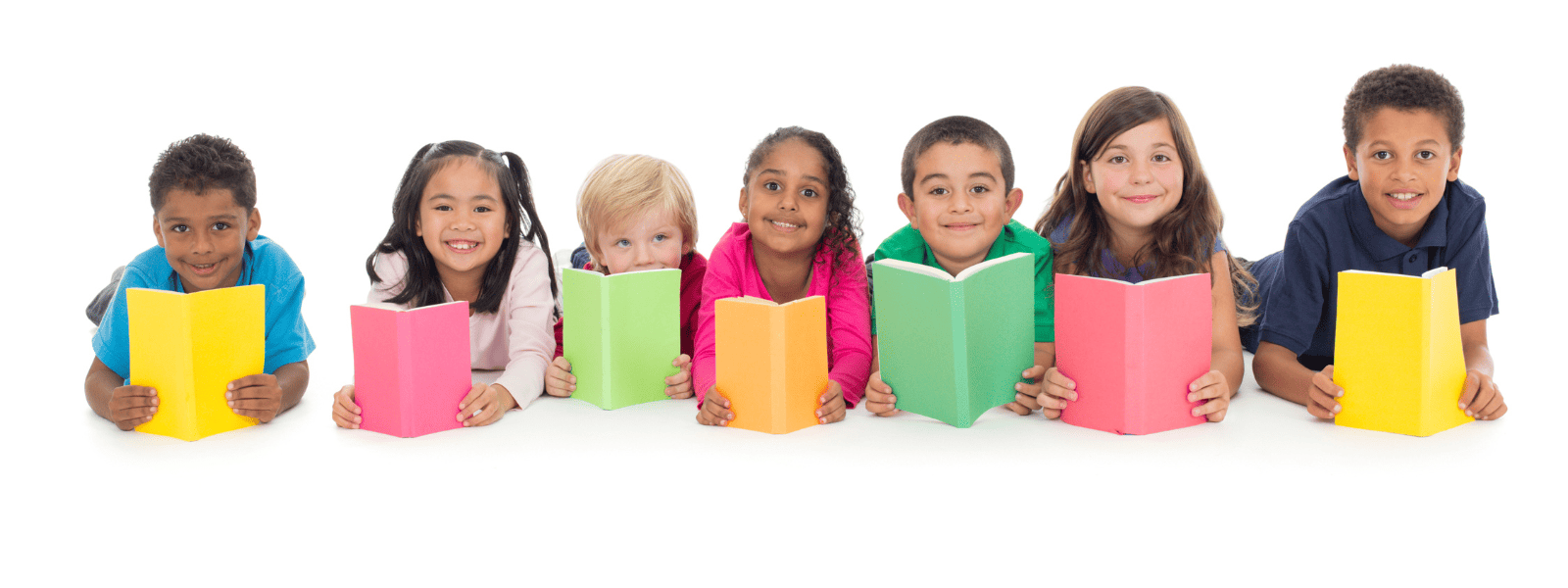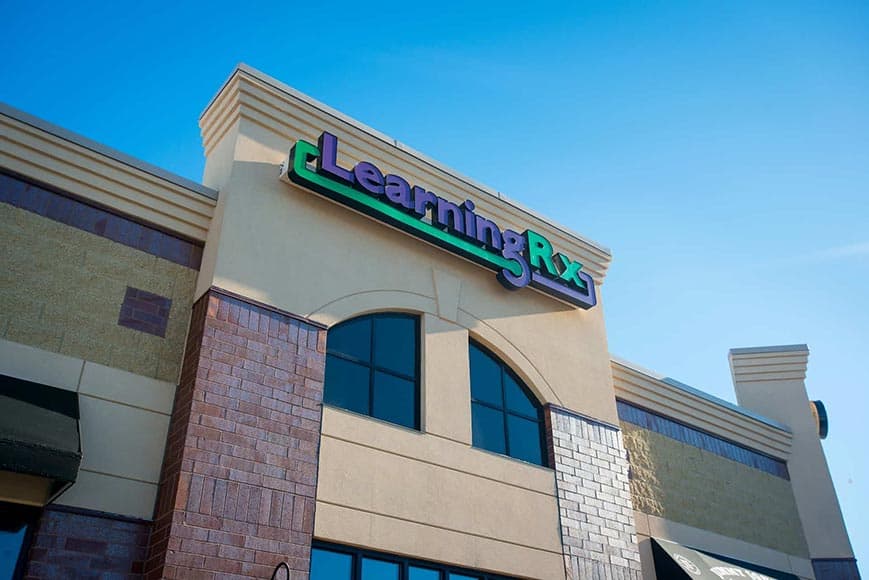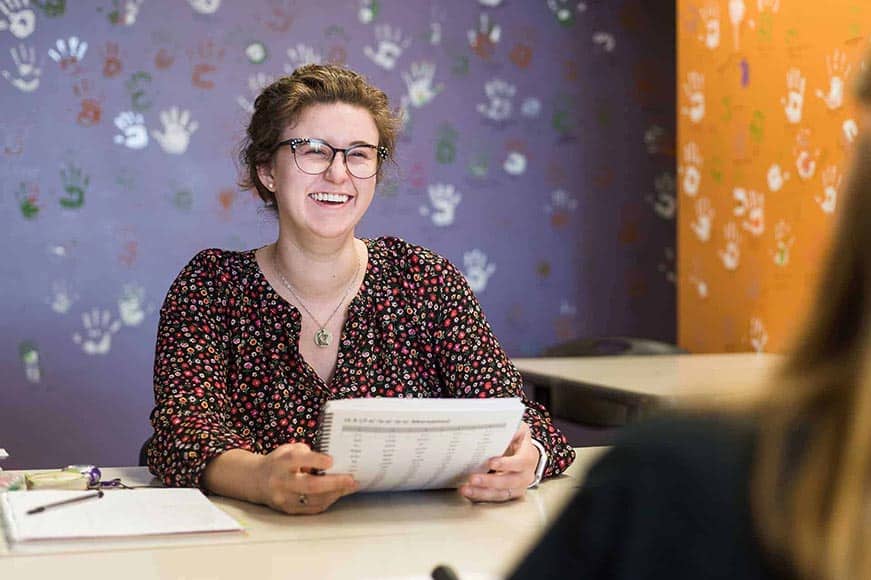Age-related Reading Milestones
The first thing to remember with any type of developmental milestone (i.e., physical, cognitive, behavioral, etc.) is that they’re general guidelines, not set goalposts that determine if your child is “winning” at life. Beyond the fact that kids simply develop at different paces, there are additional factors that can impact kids’ progression through these reading milestones. From dyslexia and access to reading material to attention deficits and whether reading is modeled at home, not every child has the same opportunities to become a thriving reader right out of the gate.
With that said, use the following age-related reading milestones as guides to get a general feel for what you can expect from toddlers to teens. If you have concerns that your child might not be on track with some of the behaviors or skills listed, consider talking to your pediatrician, your child’s teacher, or a reading specialist at school. They may be able to offer some insights and first steps to choosing interventions that can support your child in their efforts to become a fast and fluent reader.
Reading Milestones by Age
Toddlers: (ages 1-3 years)
Before the age of 3, most toddlers will recognize the covers of their favorite books and possibly even recite words they remember. They may also look at pictures of familiar items—such as a cat or banana, pointing them out and naming them. You may notice them reaching for pictures, turning the pages, or even pretending to read by making up stories about what they see.
How to help: Ask specific questions about what your child is seeing in the book, including objects, colors and shapes.
Preschoolers: (ages 3-4 years)
By the time your child is pre-school age, they will likely know how to turn pages by themself and have an understanding that words are read from left to right, top to bottom. They will probably recognize about half the letters of the alphabet and begin matching sounds to letters. The concept of rhyming starts to become a recognized and understood pattern, and you may hear your child retelling their favorite stories as they flip pages, even if they’re not actually reading.
How to help: Work on letters sounds, including common combinations, such as “th” and “br.”
Read More: Reading Skills Tips for Young Students >>
Kindergarten (age 5)
Kids enter kindergarten with a wide range of reading skills, from none at all to reading picture books independently, so don’t get too caught up in where your child stands entering school. Generally speaking, children in this age range will be matching sounds to letters, retelling a story in order, and recognizing some words by sight. Throughout the year, students may begin to identify the beginning, middle, and ending sounds in simple words (e.g., “cat”) and begin changing the beginning letter to create rhymes (e.g., “hat” and “bat”). Some will have the ability to start sounding out words on the page and asking a variety of questions about the book. You may even hear them repeat words and phrases they heard in a book during playtime (e.g., “I’m a cat drinking milk!”).
How to help: Ask your child to try to predict what happens next in a story they haven’t heard before to boost skills like logic & reasoning.
First and second grade (ages 6-7 years)
During these final years of learning to read (vs. reading to learn, which starts around third grade), kids will likely recognize more words by sight, but they’ll also be using context clues to sound out and understand unfamiliar words. As they improve reading speed and fluency and learn the rules of spelling, they will be able to self-monitor their reading enough to re-read words or sentences that don’t make sense. Kids in first and second grade can usually connect what they’re reading to other books, their own experiences, and even broader events going on in the world.
How to help: Have your child read a short book to you and then summarize it to demonstrate comprehension and memory skills.
Third and fourth grade (ages 8-10)
The shift from learning to read to reading to learn will translate to reading for different purposes (e.g., for enjoyment, to understand instructions, to learn other subjects such as history). Students are often able to make inferences from text clues, identify main themes, and summarize the sequence of events in a story. Most children can accurately read words with more than one syllable and can refer to evidence in the text when asked specific questions. Curriculum at these grade level may include prefixes and suffixes, similes and metaphors, and comparing and contrasting information between different texts.
How to help: Model leisure reading at home, create designated tech-free times, and make regular visits to the public library.
Concerned That Your Child Is Not Meeting Reading Milestones?
If you’re concerned that your child may not be progressing with reading, you may want to consider a personal brain training program that focuses on building strong learning skills. These foundational cognitive skills are used to understand, think, learn, read, and remember and they can be targeted and trained with game-like mental exercises to make learning and reading easier and faster.
Start by scheduling a Brain Skills Assessment for your child. It only takes about an hour and the results can provide insights into which brain skills are strong and which are holding your student back from reaching their full potential as a learner and reader.







